The Blue Economy is more than a framework for sustainable development—it is a critical pathway for ecological regeneration and climate resilience. By aligning economic growth with ocean health, the Blue Economy contributes directly to the planet’s ecological balance, offering multifaceted environmental benefits. These benefits go beyond protection; they actively restore, regenerate, and enhance marine and coastal ecosystems.
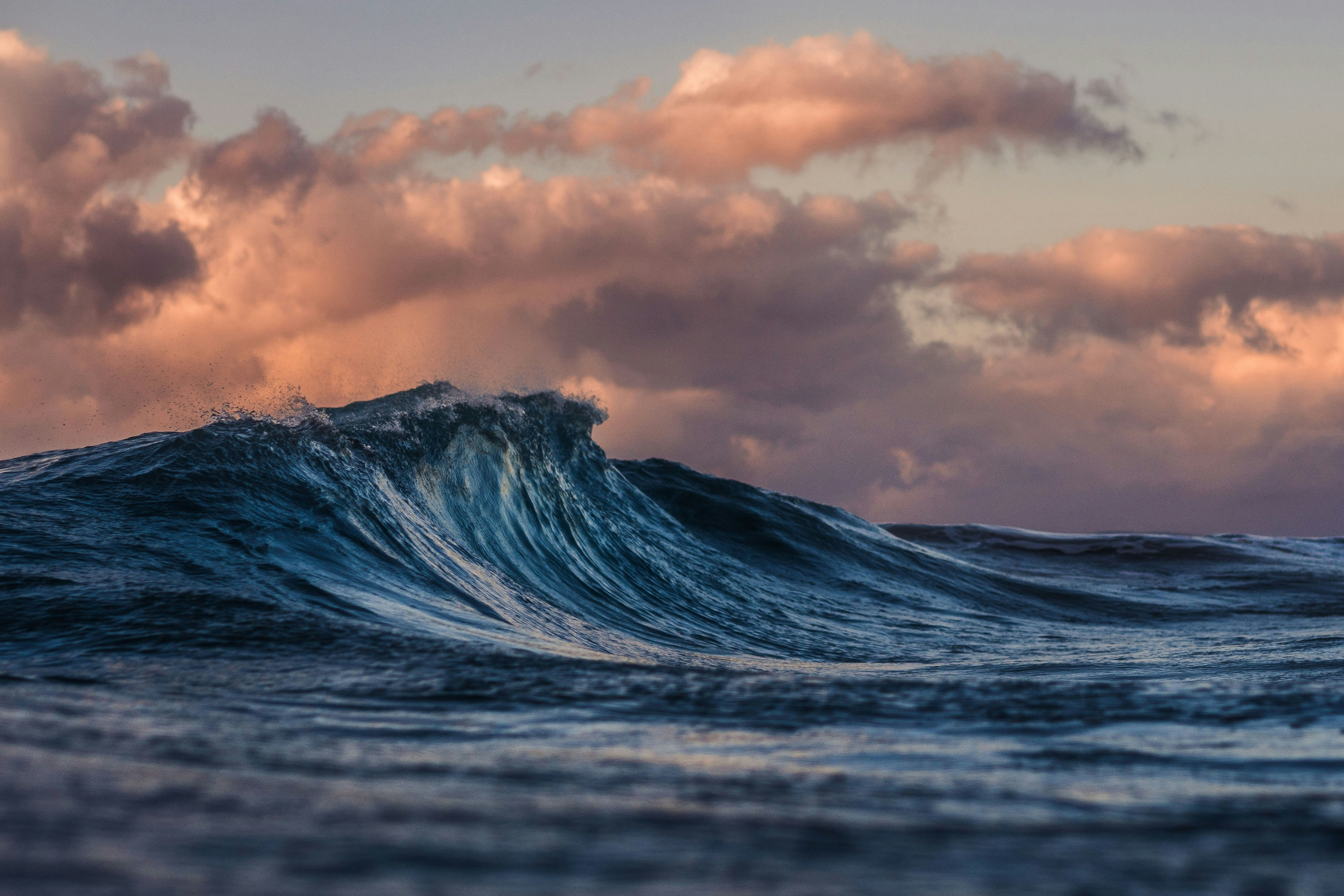
Source: silas-baisch_unsplash
Ocean Protection as Climate Mitigation
Oceans play a vital role in regulating Earth’s climate. They absorb approximately 25–30% of human-made CO₂ emissions and over 90% of excess heat generated by global warming. The degradation of ocean systems—through overfishing, pollution, and coastal destruction—threatens this stabilizing function.
A regenerative Blue Economy:
-
Protects blue carbon ecosystems like mangroves, seagrasses, and salt marshes, which sequester carbon at up to 10 times the rate of terrestrial forests.
-
Encourages low-impact aquaculture and sustainable marine energy that reduce carbon footprints.
-
Integrates ocean-based climate solutions into national mitigation strategies (NDCs).
Example: According to the High Level Panel for a Sustainable Ocean Economy (2019), investing in ocean-based climate solutions could reduce greenhouse gas emissions by up to 21% of the reductions needed by 2050 to meet the Paris Agreement.
Biodiversity Enhancement Through Marine Protected Areas (MPAs)
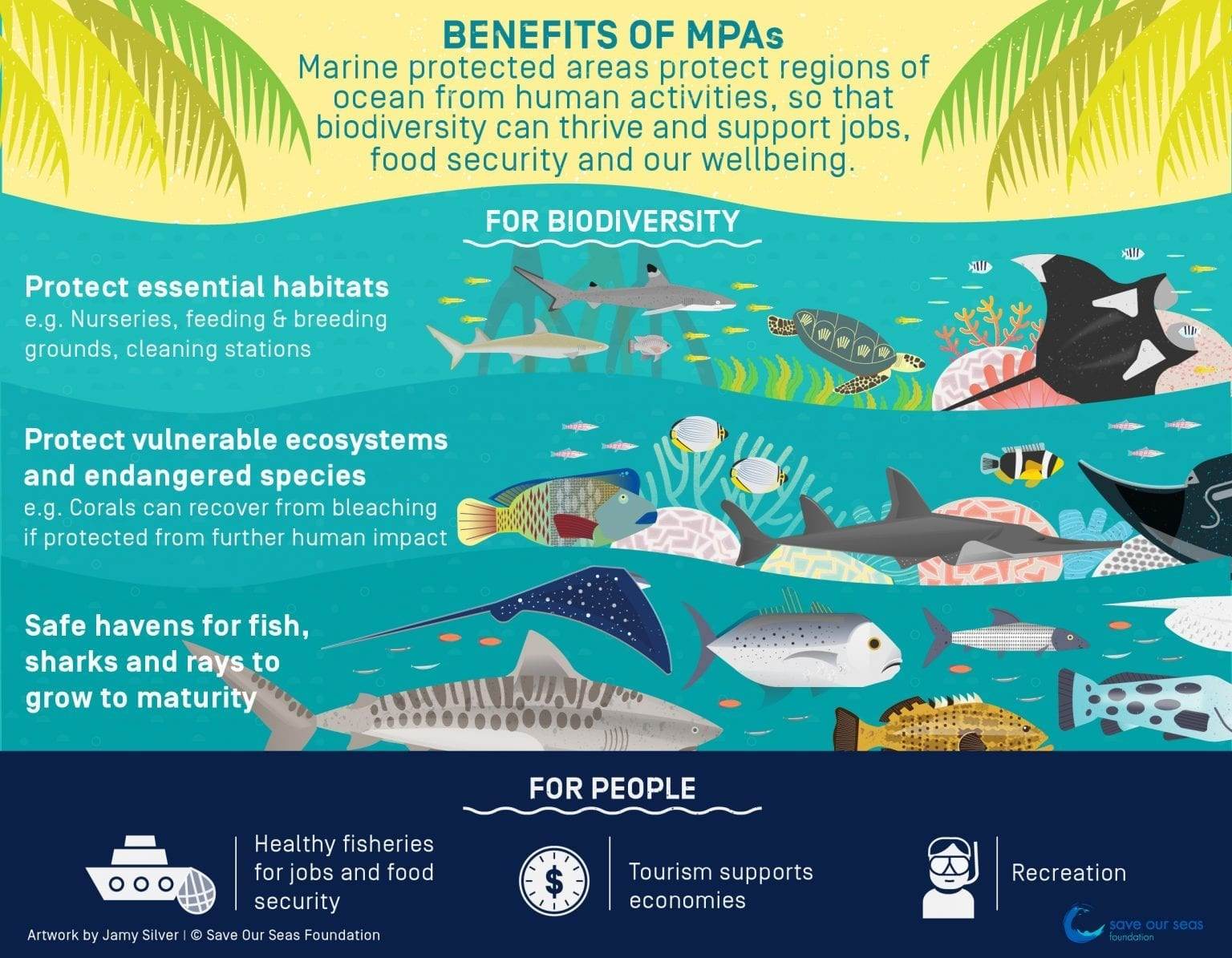
Source: saveourseas.com
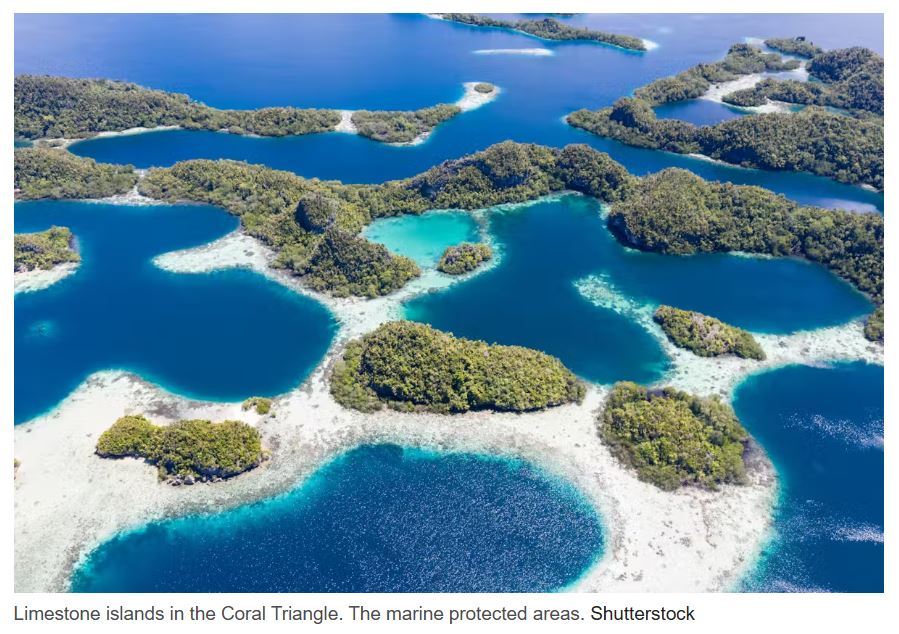
Source: theconversation.com
The Blue Economy embraces the creation and expansion of Marine Protected Areas (MPAs) as tools for ecological restoration and biodiversity conservation. These zones safeguard habitats from destructive practices and allow marine life to recover and thrive.
Well-managed MPAs:
-
Boost fish biomass and population resilience
-
Protect endangered species and migratory routes
-
Promote ecosystem complexity and connectivity
MPAs also serve as natural laboratories, supporting research and sustainable tourism. Their presence can enhance food security and stabilize fishery yields in surrounding areas due to the “spillover effect.”
Examples of Marine Protected Areas
-
Tubbataha Reefs Natural Park, Philippines: A UNESCO World Heritage Site, this no-take MPA covers 970.3 km² and is home to over 1,200 marine species. Strict enforcement has led to increased fish biomass and coral cover, benefiting both biodiversity and local fisheries.
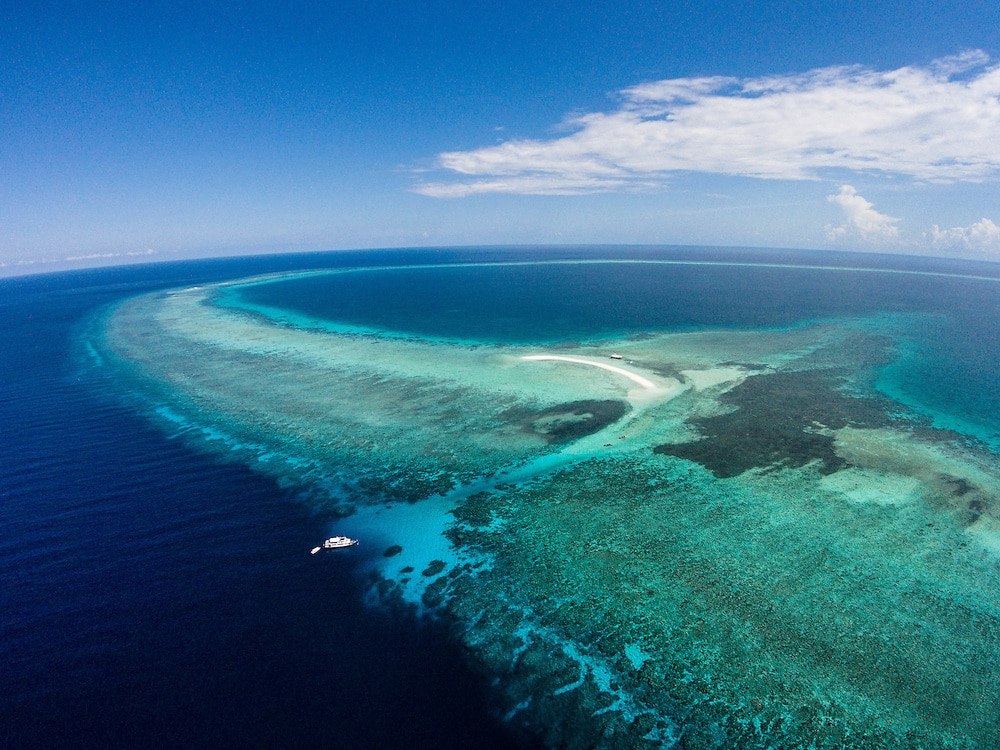
Tubbataha Reef, Philippines (Source: scubaverse.com)
-
Galápagos Marine Reserve, Ecuador: Encompassing 133,000 km², this reserve protects unique marine life, including endemic species, and supports sustainable tourism and fishing practices.
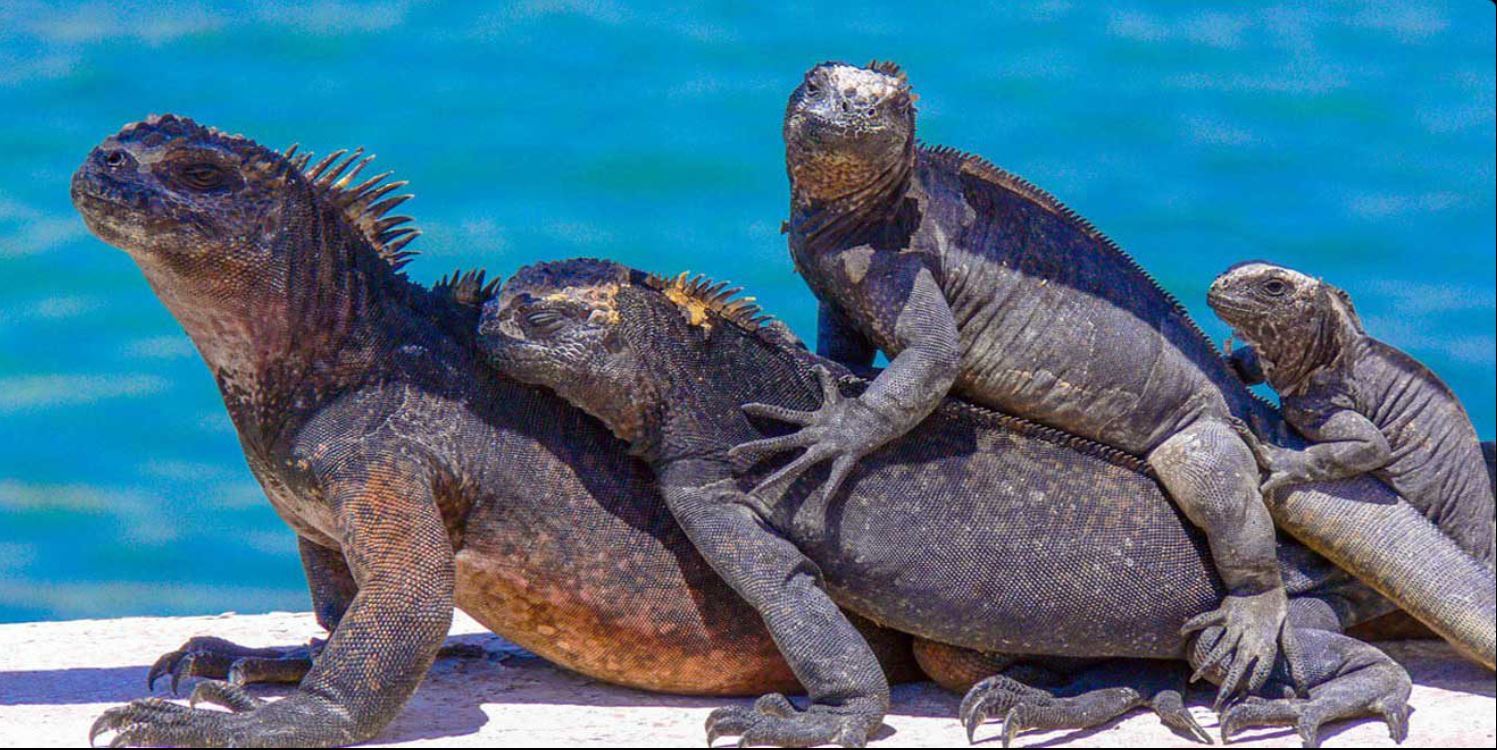
Galapagos Marine Reserve, Ecuador (Source: planetandes.com)
-
Papahānaumokuākea Marine National Monument, USA: Covering 1.5 million km², it is one of the world's largest MPAs, safeguarding coral reefs, deep-sea habitats, and cultural heritage sites.
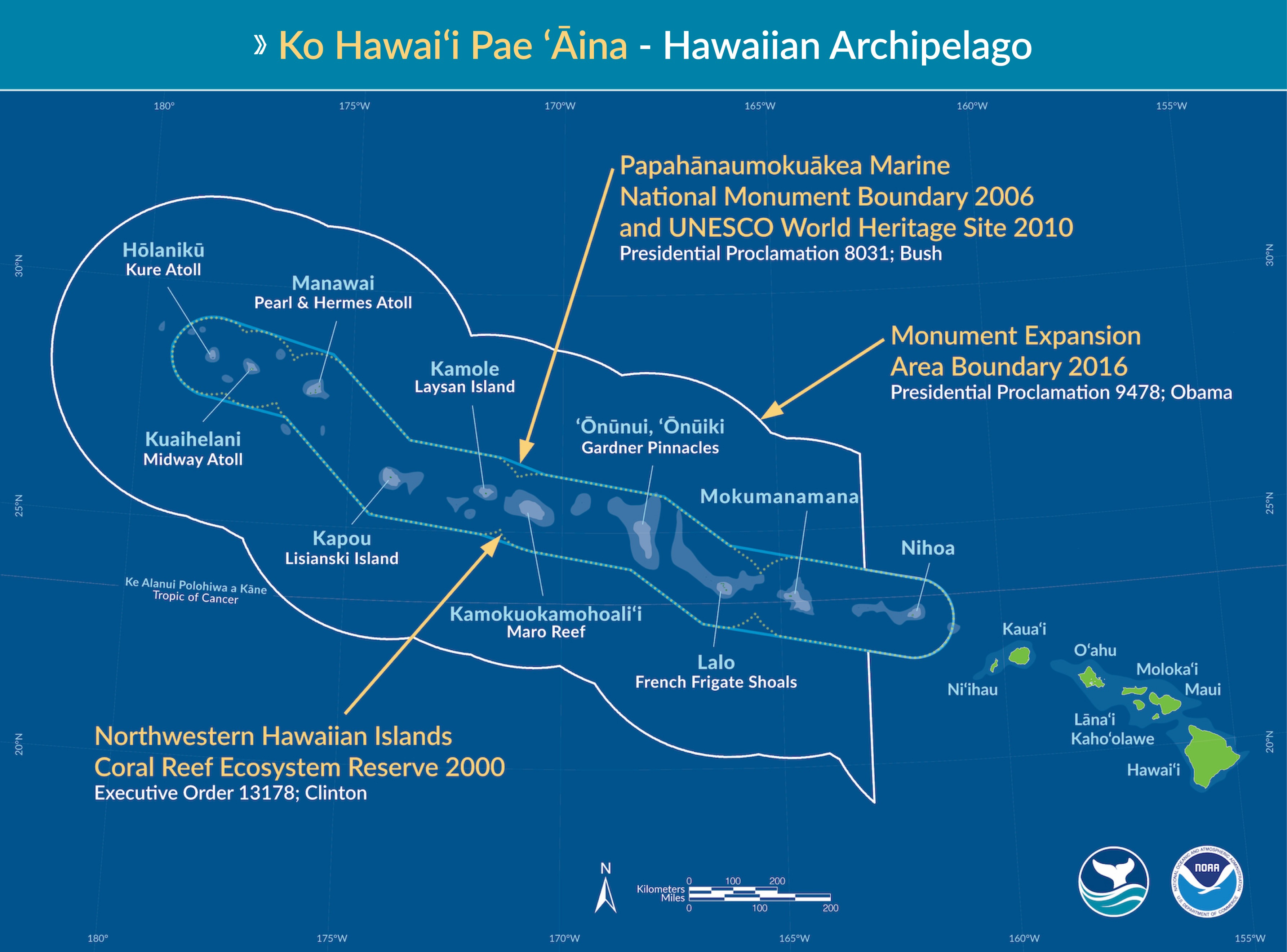
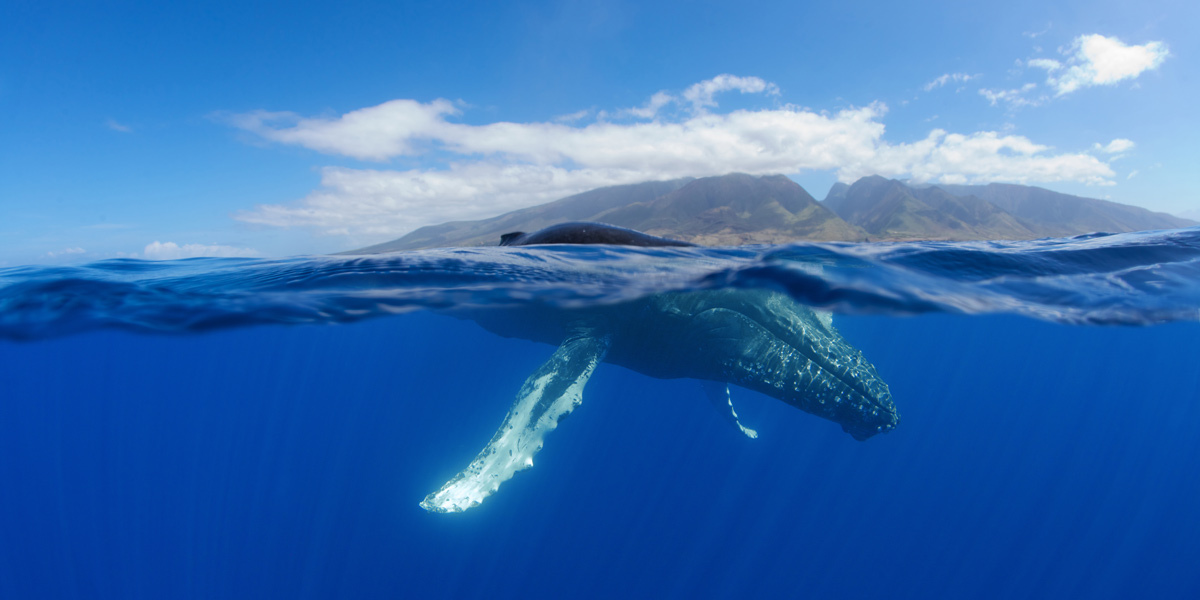
MPAs not only conserve biodiversity but also enhance fisheries productivity through spillover effects, where protected populations replenish adjacent fishing areas
Target: The UN Convention on Biological Diversity (CBD) aims to protect 30% of oceans by 2030 under the “30x30” initiative, aligning with Blue Economy objectives.
Restoration of Ocean Health via Circular Marine Resource Use
Traditional marine resource use often follows a linear model—extract, use, and discard—which leads to pollution, habitat loss, and overexploitation. In contrast, the Blue Economy applies circular principles to ocean resource management.
Key circular practices include:
Initiatives like the Healthy Seas project collect abandoned fishing nets, known as "ghost nets," from the ocean and recycle them into ECONYL® yarn. This regenerated nylon is used to produce swimwear, carpets, and other products, exemplifying how waste can be transformed into valuable resources. This project not only cleans up the seas but also generates circular economic value.
Aquaculture operations are exploring ways to repurpose waste, such as converting fish sludge into fertilizers or energy. These practices not only reduce pollution but also create additional revenue streams.
Innovations in biodegradable materials, such as algae-based bioplastics, offer sustainable alternatives to conventional plastics. By adopting these materials, industries can significantly decrease plastic pollution in marine environments.
Implementing eco-design principles in product development ensures that environmental considerations are integrated from the outset. This approach leads to products that are easier to recycle, have longer lifespans, and generate less waste
These approaches support cleaner production cycles, reduce pressure on marine systems, and promote longer material lifecycles.
Example: Japan’s circular seafood markets are piloting full-chain traceability, ensuring that every step from catch to plate minimizes waste and maximizes transparency.
Cumulative Environmental Impact
When implemented systemically, Blue Economy practices generate cumulative environmental benefits across multiple fronts:
-
Enhanced ocean carbon sinks mitigate global warming
-
Restored habitats increase ecosystem services like water filtration and storm buffering
-
Sustainable fisheries improve food web resilience
-
Circular practices reduce pollution and resource stress
Together, these outcomes enable oceans to function not merely as victims of climate change but as key agents of global recovery and stability.
References:
-
High Level Panel for a Sustainable Ocean Economy (2019). The Ocean as a Solution to Climate Change.
-
International Union for Conservation of Nature (IUCN). Blue Carbon Initiative.
-
UNEP (2021). Turning the Tide: How to Finance a Sustainable Ocean Recovery.







